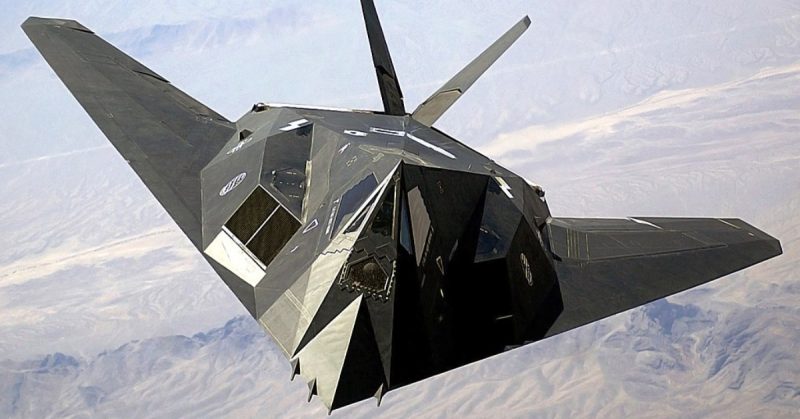The Gulf War of 1991 saw “smart weapons” play a key role in ensuring victory for the coalition forces. Missiles could now “think” and navigate effectively to their targets with the aid of GPS technology. Through the power afforded by these smart weapons, the U.S. and its allies wreaked havoc on the Iraqi army, all the while sustaining only minimal casualties.
Operation Desert Shield, a mission originally launched to protect Saudi Arabia against a possible Iraqi attack, deteriorated into a full-scale war, Operation Desert Storm, when Iraqi troops failed to evacuate Kuwait as ordered by the coalition forces.
This war, known by a plethora of other names such as the Gulf War, Persian Gulf War, First Gulf War, Kuwait War, and so on, was initiated by the decision of Saddam Hussein, the ruler of Iraq, to invade Kuwait on August 2, 1990.
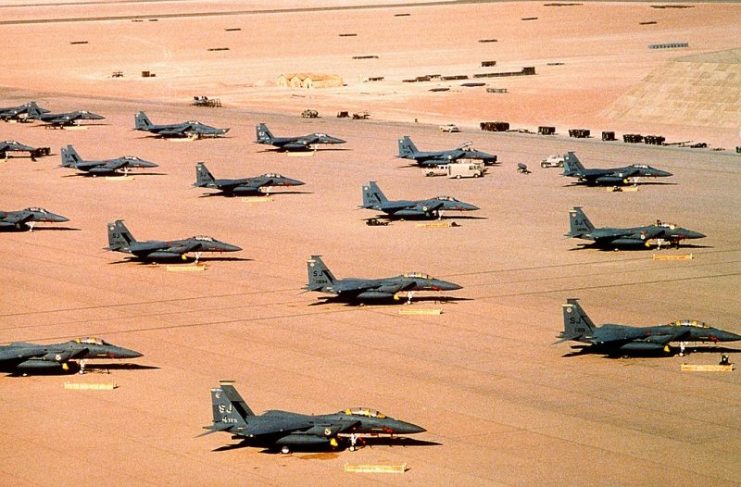
Iraq already controlled a significant of the world’s oil. Invading Kuwait would bring Iraq closer to Saudi Arabia–and an invasion of Saudi Arabia would see Iraq’s stake in the world’s oil increase to about 45%. The international community wasn’t going to just stand by and watch that happen.
The United States deployed 500,000 soldiers to protect Saudi Arabia in Operation Desert Shield, and also sought for help from the United Nations. Troops from other nations, mostly from Egypt, Saudi Arabia, and the United Kingdom, joined to form a coalition force.
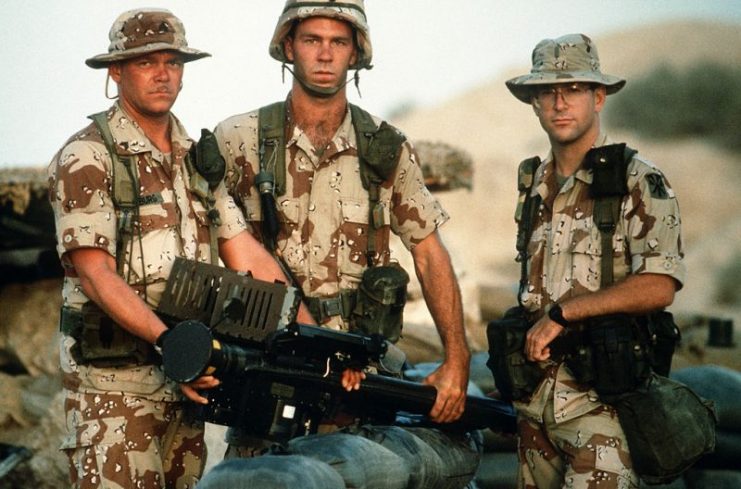
An ultimatum was issued to the Iraqi forces: leave Kuwait by January 15, 1991. The Iraqis didn’t move an inch, so Operation Desert Storm began. Efforts to remove the Iraqi troops from Kuwait began on January 16, 1991, with bombings that lasted for about five to six weeks followed by a ground invasion on February 24, which lasted for 100 hours.
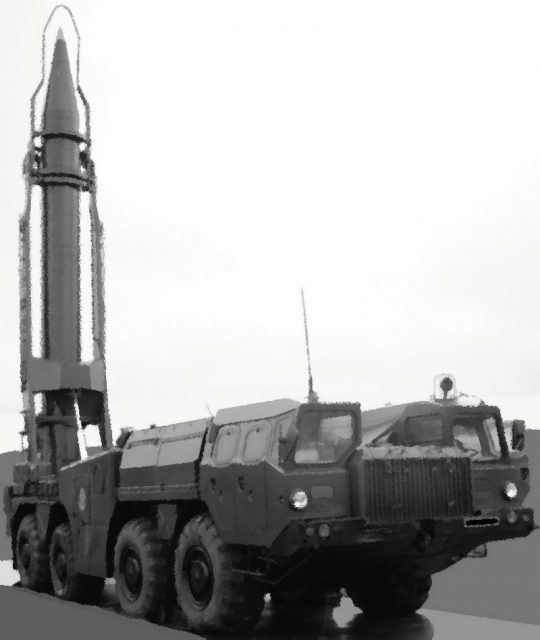
The bombings were a huge success. Smaller targets that were previously difficult to hit were now easy targets. Gone were the days in which bomber aircraft would drop bombs and hope they hit the target–precise targeting was now the order of the day. Missiles carried cameras which recorded live as they approached their targets, which earned the Gulf War the nickname “Video Game War.”
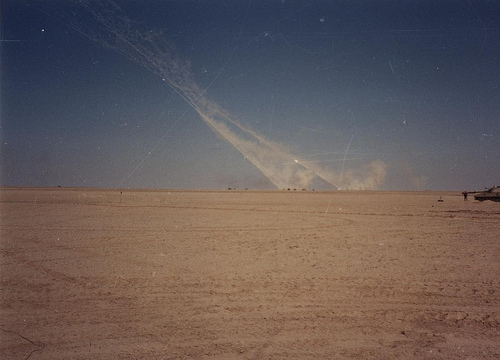
A popular example of these smart weapons is the Tomahawk cruise missile. Introduced in the 1970s, each unit was priced at about $1.35 million, and about 200 units were employed in the war against Iraq. The Tomahawk made use of an Inertial Navigation System (INS) and Terrain Contour matching (TERCOM) when navigating to its target location.
When the missile was close to its target, a camera on the nose of the missile was brought into action. The onboard intelligence of the Tomahawk compared the image of the target as seen by the camera to the image of the target in its memory. Once the images matched, the missile honed in to destroy its target.
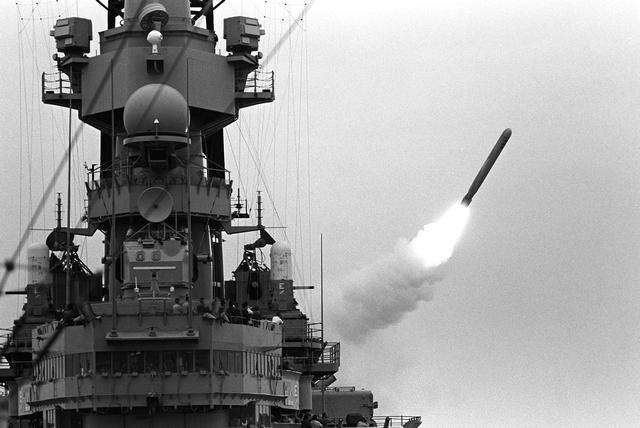
Another smart weapons example is the “Paveway’’ conversion kit, which was capable of turning regular “dumb” missiles into smart ones. The missiles were laser guided in that, after acquiring a target, they detected laser light reflected by that target, and the images taken by a camera fitted into the nose of the missile would be split into four quadrants and scanned. If the quadrants displayed equal levels of light intensity, the missiles would hone in for the kill, and if not, they were redirected.

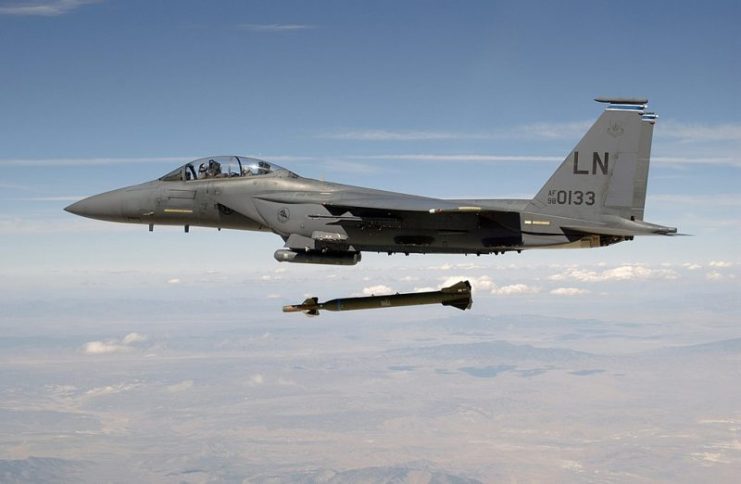
Now all of these smart weapons are great, but what about the “bringers of death” that carried them? Such weapons required aircraft that could avoid detection while getting as close to the targets as possible. Enter the F117a Stealth Fighter–this aircraft was used only about 2% of the time during the air campaign of the Gulf War, but it caused over 40% of the strategic damage to Iraqi facilities.
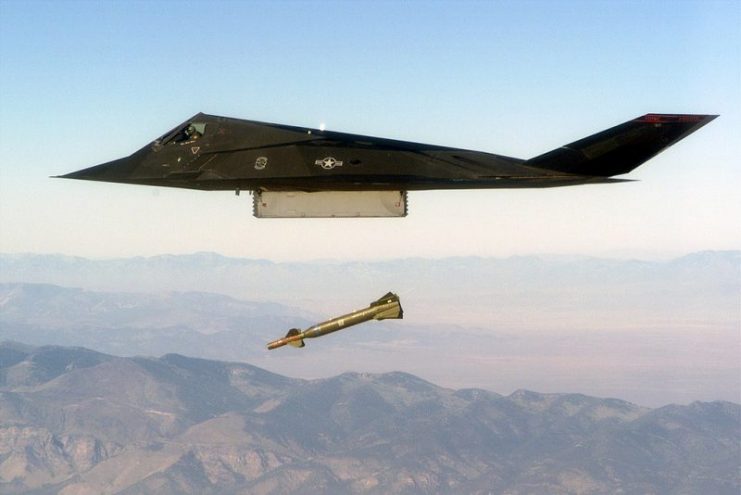
The F117a Stealth Fighter was first experimented with in 1978, but not produced for the military until a few years later. Specifically built to avoid radar detection, the aircraft’s engines were situated quite close to the fuselage to reduce their heat signature, and the exterior of the aircraft was made up of flat surfaces coated with materials that absorb radar.
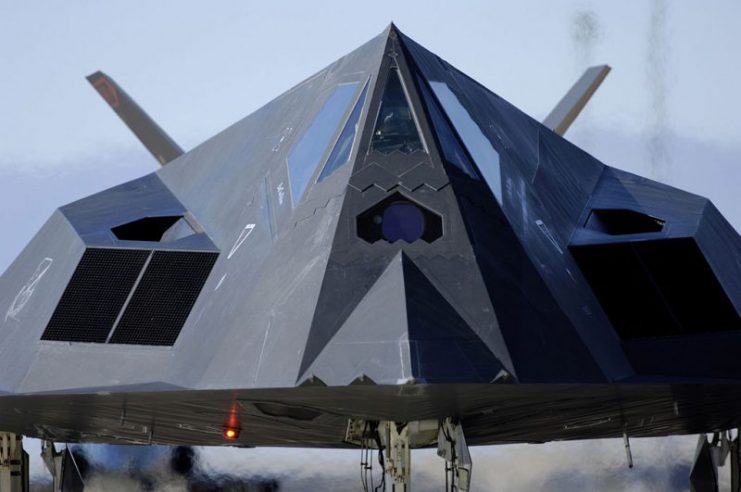
To maintain secrecy, the U.S. only flew the F117a at night. The aircraft earned the nickname “wobbly goblin” because the same technology that made the plane undetectable to radar also made its ride rough and wobbly. The F117A used the same INS employed in the Tomahawk and was also equipped with the Forward-Looking Infrared Sensor (FLIR) to produce clear images of its targets.
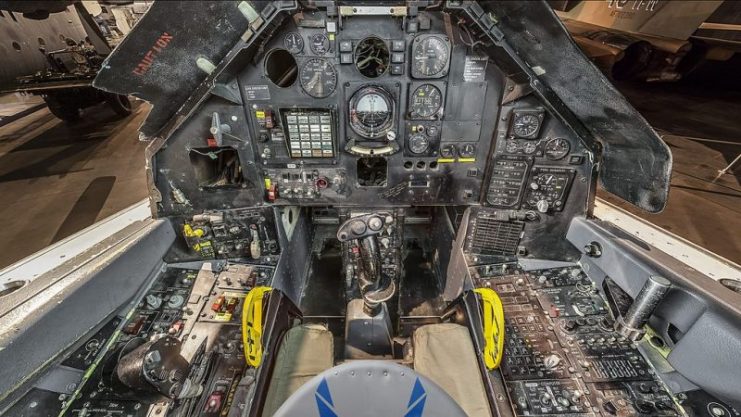
The F117a was instrumental in taking down Iraqi communications and chemical weapons storage facilities. However, it was not completely fail-proof: misses and no-drops were recorded to the tune of 13%, although they were due to adverse weather conditions which are well known to affect the accuracy of aircraft.
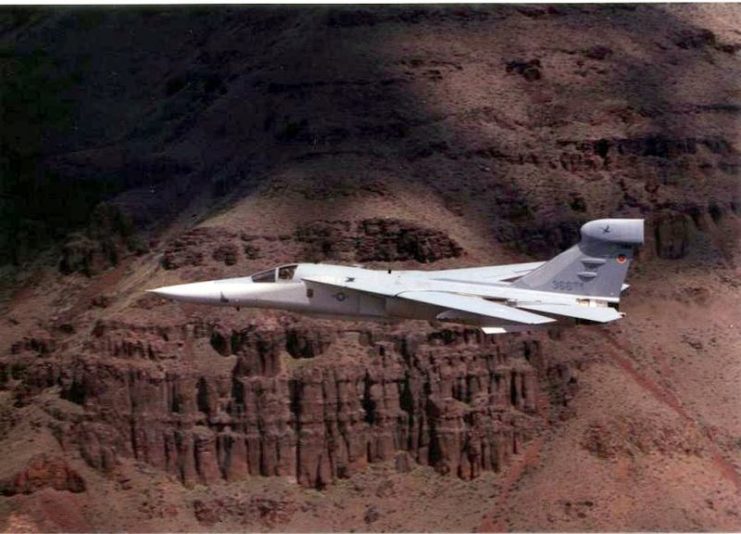
The U.S. also had “jamming planes” such as the Grumman EF-111 Raven and the U.S. Navy’s EA-6B Prowler, which were capable of rendering the air defense system of the Iraqis useless.
Read another story from us: Gone, But Not Forgotten – A Comeback for the F-14 Tomcat?
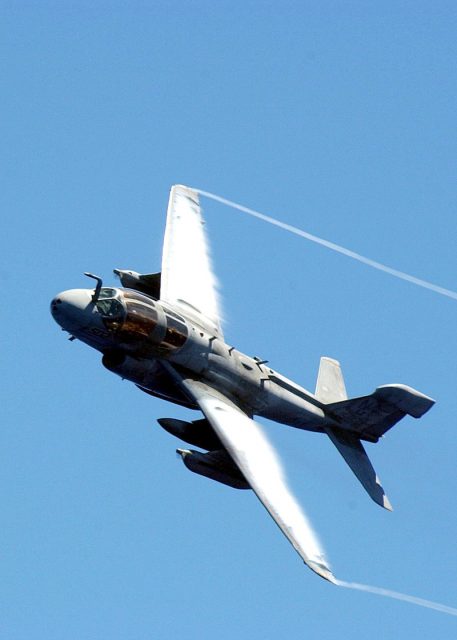
Today, these technologies may not be a big deal, but back then, they made all the difference in minimizing civilian casualties and securing effective airstrikes.
